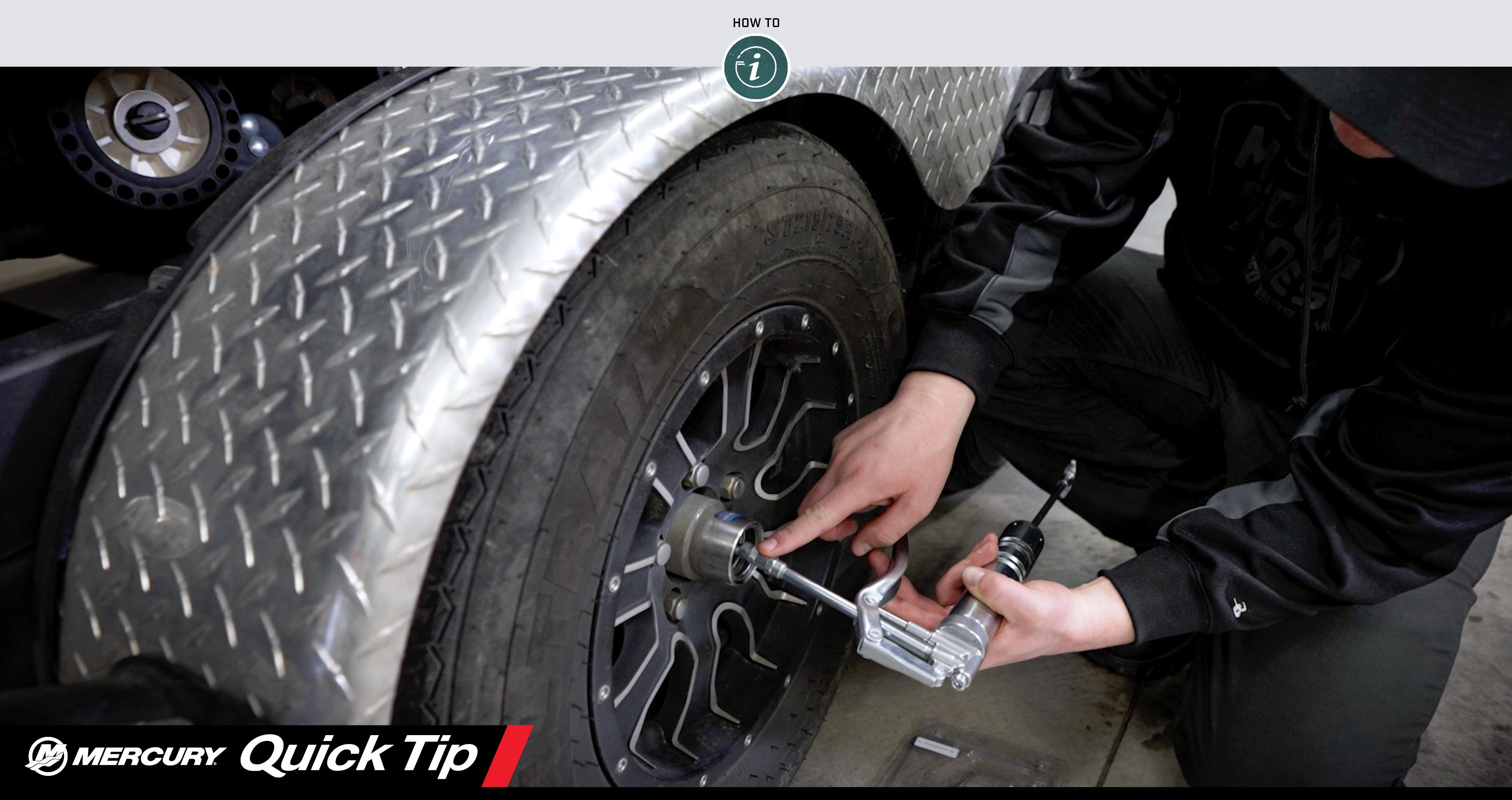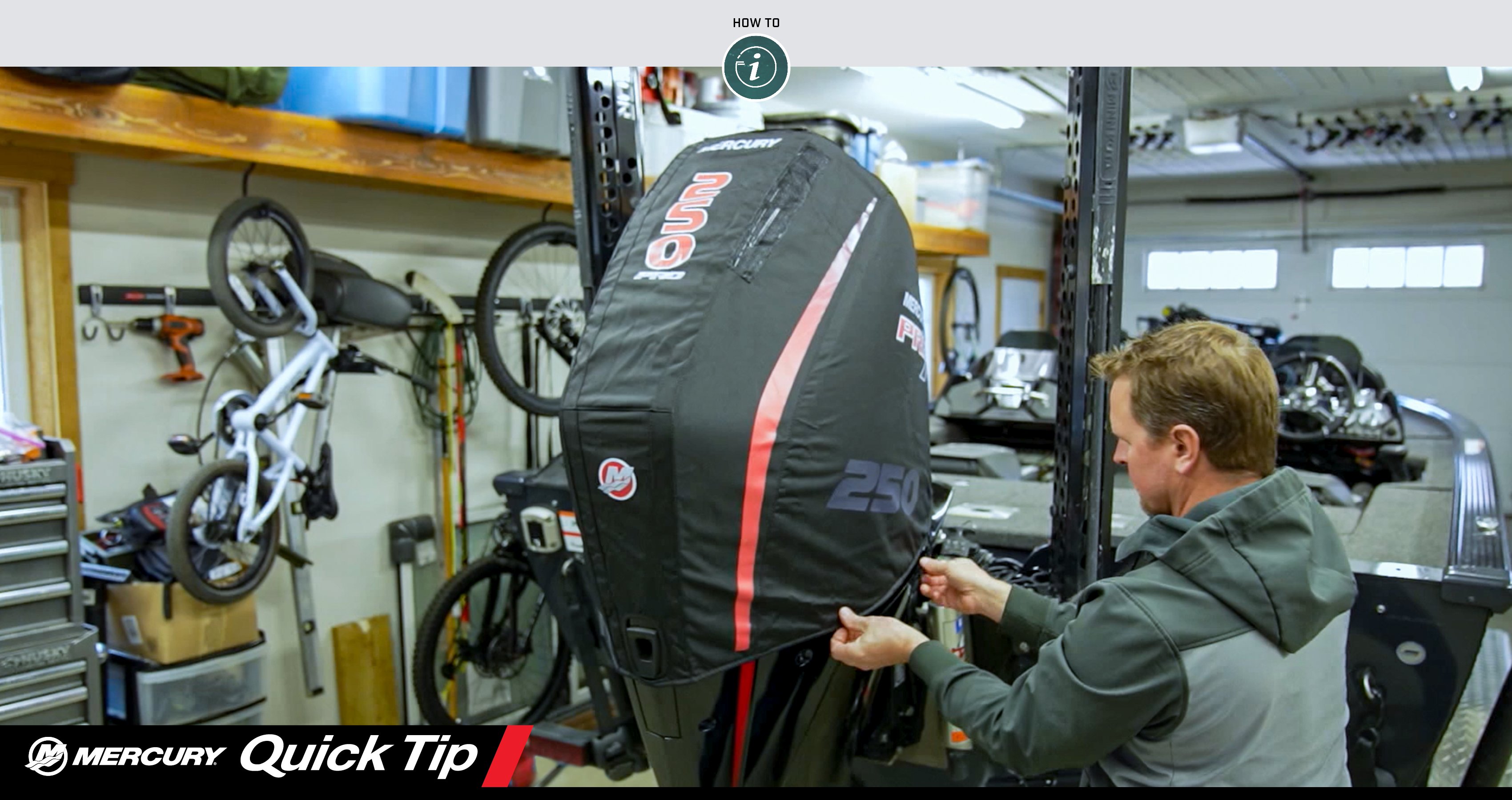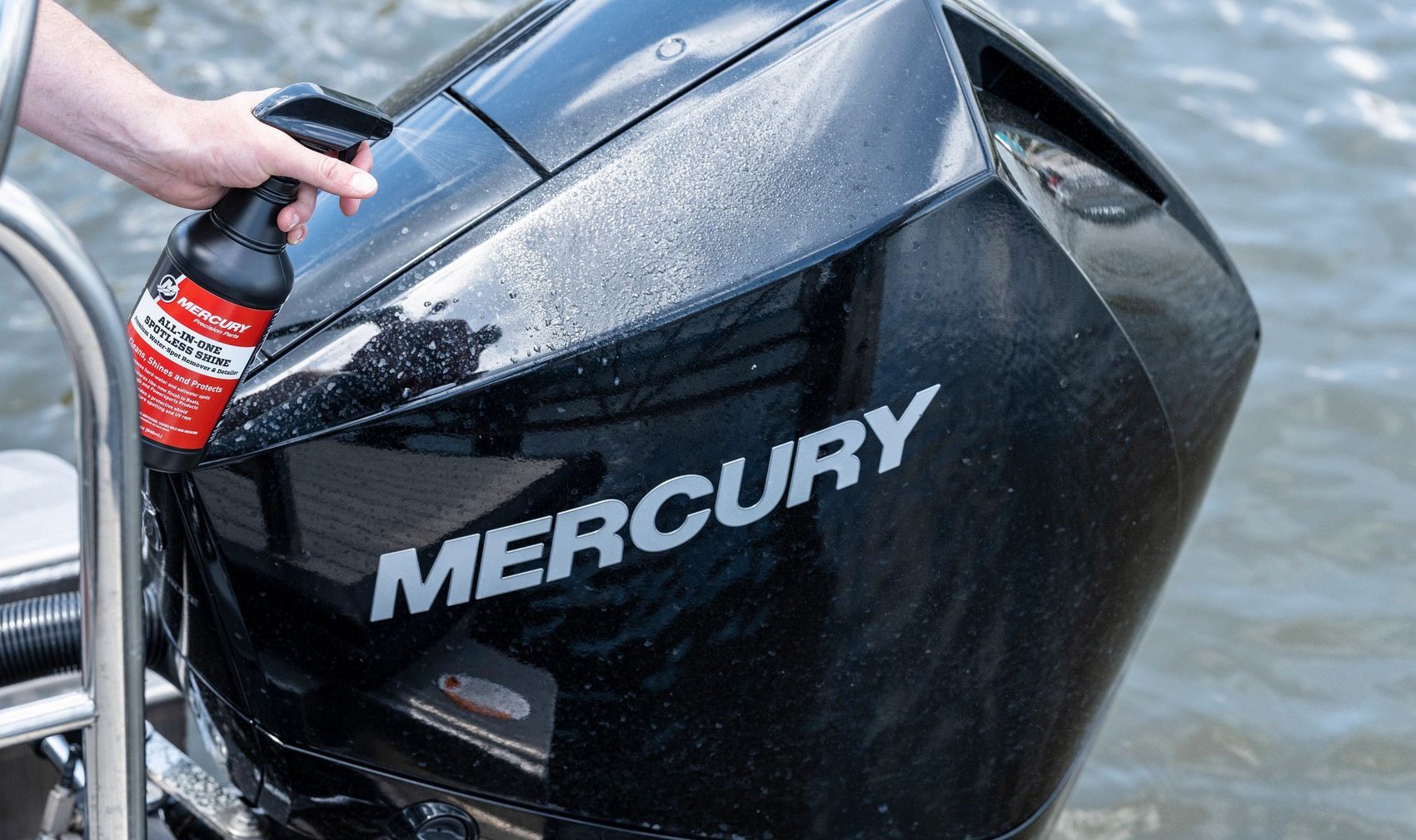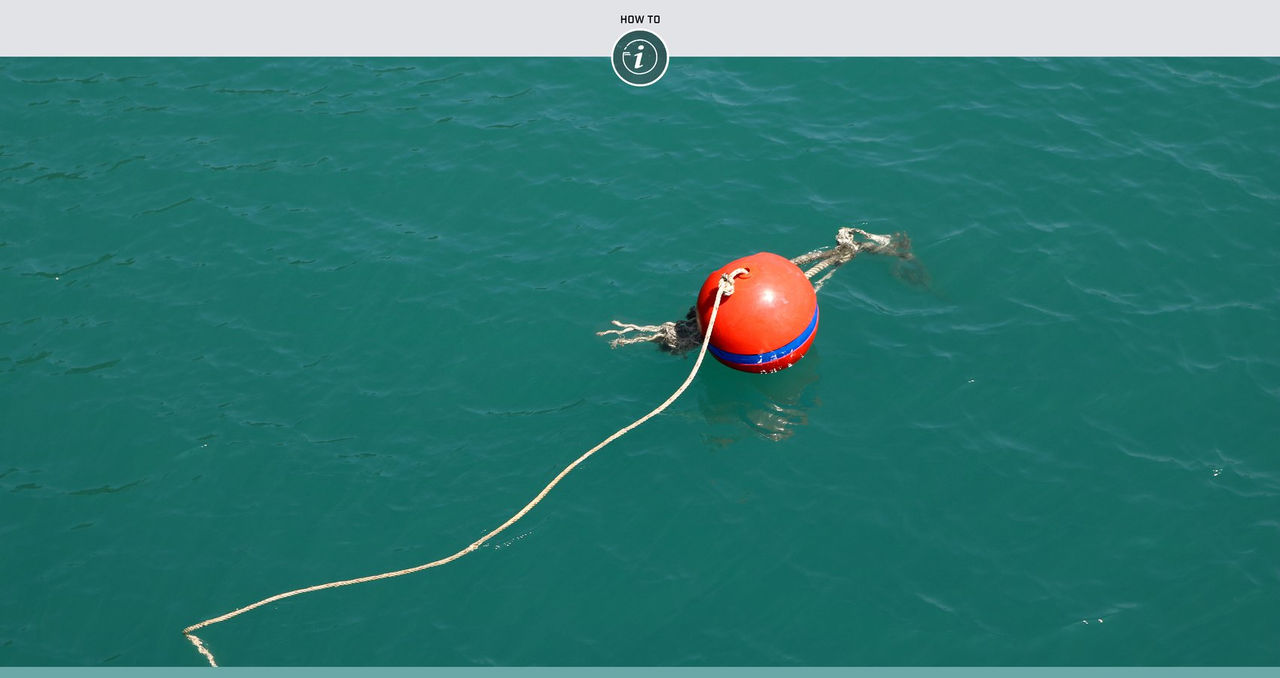At some point during your boating career, you may need to tie your boat up to a mooring ball. It might be when you want to snorkel or dive in an environmentally sensitive area, such as a coral reef. Mooring balls typically are placed just outside the reef line to keep boats from damaging the living coral with their anchors. Or you might plan to spend the night in an anchorage called a “mooring field” where mooring balls are used to space the boats so they won’t swing into one another when the wind or tide changes.
“In a mooring field, you can sleep well at night knowing your boat is not going to break loose if it is anchored improperly or because of the condition of the seabed. It gives you peace of mind,” said Captain Scott Savo, Freedom Boat Club training manager for Southeast Florida.
Capt. Savo described the anatomy of a mooring ball: “Typically, there is a cement block or anchor that is permanently mounted to the seabed. A chain or line connects the anchor to the mooring ball, which also is attached to a line with a loop at the end that floats on the surface of the water. Some mooring balls also have a ‘pickup stick’ that helps you to grab the line when you are on a larger vessel with a high bow.”
According to Capt. Savo, the secret to tying up to a mooring ball is to approach it at a very slow speed. Angle your approach so the bow of the boat is into the wind. This will help you maintain control. Position a crew member on the bow with a boathook and a dockline. When your boat reaches the mooring ball, the crew member should grab the pickup stick, if there is one, or use the boathook to snag the floating line by the loop. If your boat only has one cleat at the bow, ask your crew to fasten one end of the dockline to the cleat, pass the other end through the loop of the mooring-ball line, then attach that end to the cleat as well. If your boat has two cleats – one on either side of the bow – your crew should attach each end of the dockline to a different cleat.
“The amount of line to use is situational; maybe ten feet. You can’t use a long line in a mooring field,” Capt. Savo said, adding, “We typically do not attach the floating line directly to the vessel.”
If you are alone on your boat, attach one end of the dockline to the blow cleat in advance. Approach the mooring ball at minimum speed with your bow into the wind. Put the engine in neutral, grab the pickup stick or loop from the side of the boat and walk it up to the bow. Then attach the mooring ball’s line to the cleat or cleats using the dockline as described above.
“One thing you never want to do is cleat off to the back of the boat,” Capt. Savo cautioned. “If the weather turns, and water comes over the transom, it could sink the boat.”
Follow this simple procedure, and you will come to appreciate the hassle-free experience of letting the mooring ball do the work of securing your boat to the bottom. You can simply sit back and enjoy “hanging on the hook” without having to deploy your anchor.




